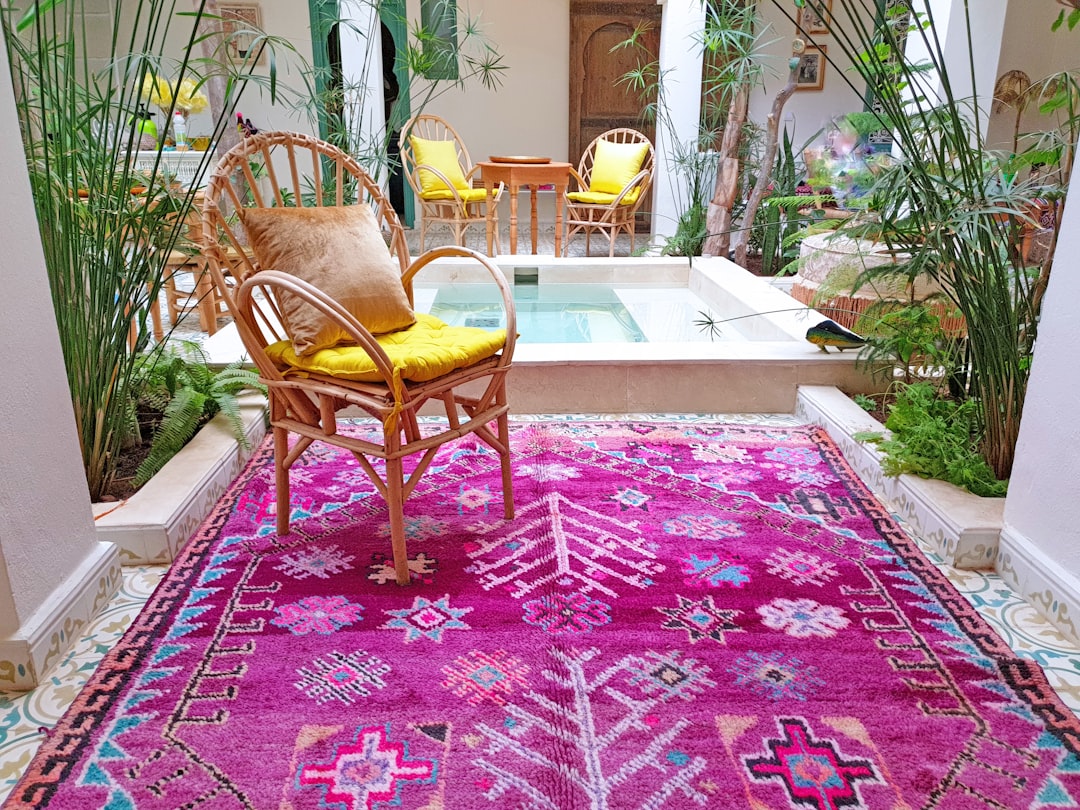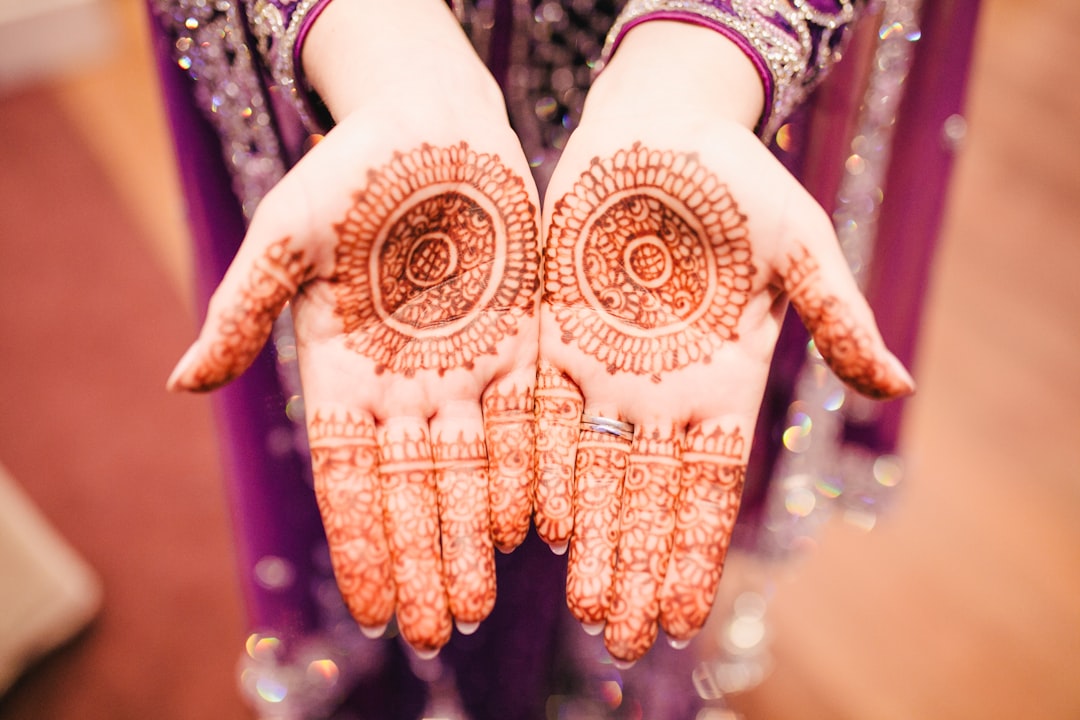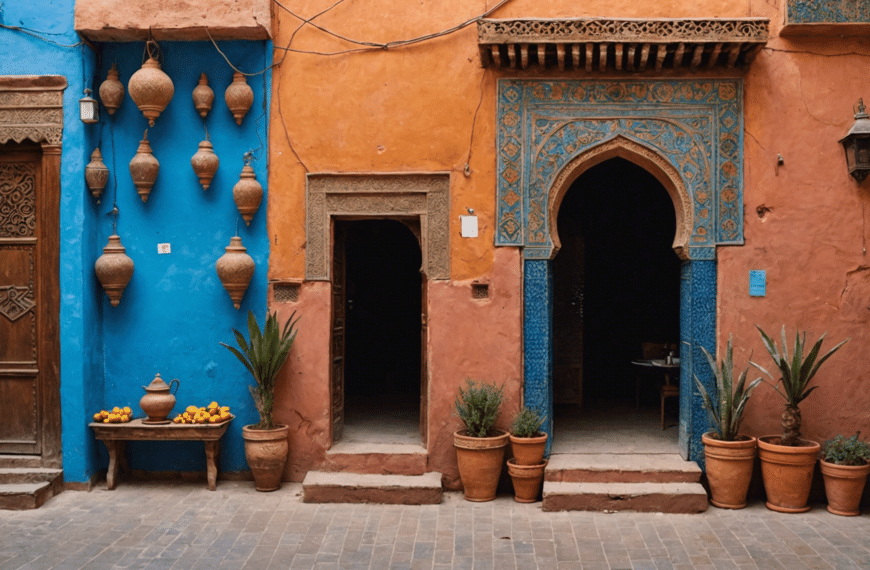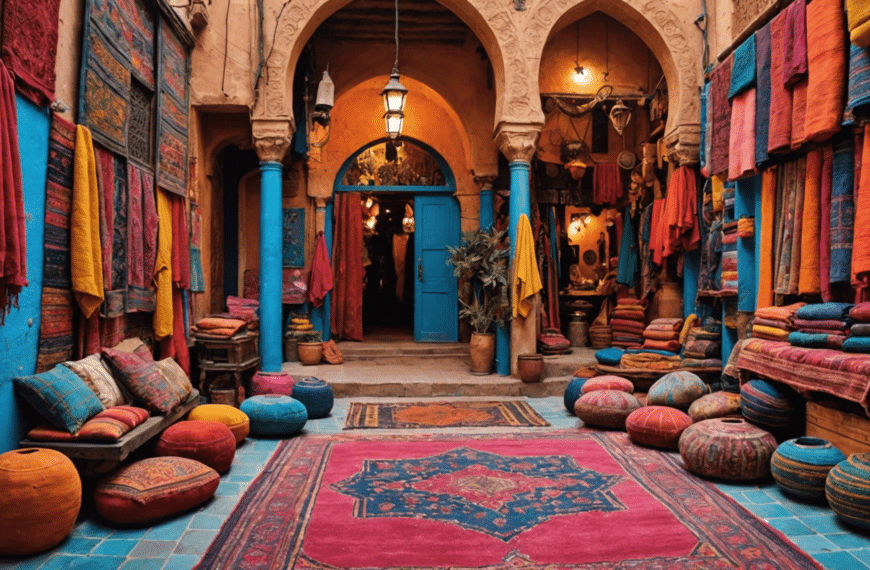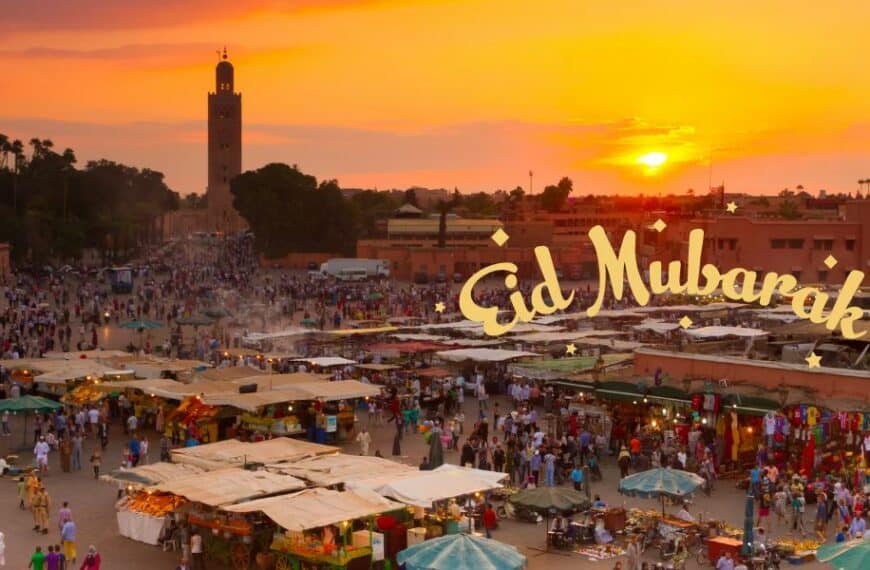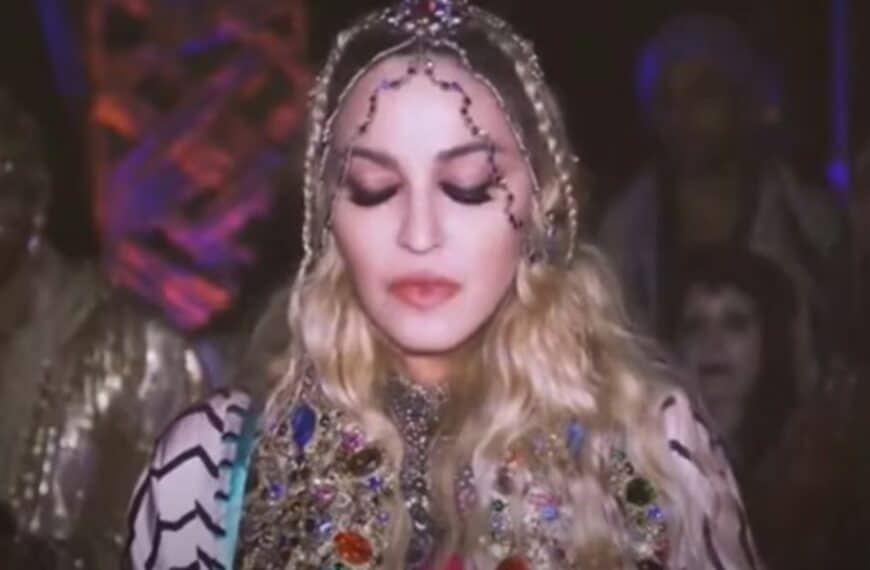Dive deep into the heart of Moroccan tradition, where Berber rugs serve as canvases for ancient stories and mystical symbols. Each rug, a masterpiece in its own right, transcends mere decoration, embracing instead the soulful essence of generational tales. These emblematic tapestries, echoing the whispers of nomadic tribes, invite you into a realm of history that stretches back to the Paleolithic era. Venture through the vibrant souks and unravel the secrets that promise to leave you utterly speechless.
Berber rugs are not just decorative objects; they are bearers of ancient tales and secrets. Each piece is a woven narrative, influencing Moroccan culture and identity. With their symbolic language, born from a nomadic lifestyle, these rugs capture stories and myths passed through generations in the Berber tribes. Discover the magic behind these enchanting pieces and how their fascinating history can enrich your understanding of Moroccan textiles.
The Mysterious Origins of Berber Rugs
Long before modern carpet weaving, the Berber rugs had already carved a space in human history, dating back to the Paleolithic era. Imagine a life where people not only survived but thrived in varying extremes, thanks in part to these remarkable creations. Weaving was not merely a skill; it was an adaptation crafting warmth and protection from the elements. Such rugs were not just threads intertwined with wool; they were woven into the very fabric of pre-Islamic Berber culture.
The Symbolic Language of Berber Rugs
Each Berber rug is a page of a storybook with symbols as its letters. These include geometric patterns and motifs unique to different tribes. Each mark and line possesses specific meanings and functions, often serving as talismans offering spiritual and physical protection. These incredible stories, threaded within the fabric, reveal the multifaceted nature of such textiles in Moroccan life.
The Craftsmanship of Berber Rugs
Every Berber rug is a testament to the meticulous artistry passed down through generations. The intricate designs reflect a deep-rooted connection to tradition and identity. They are a byproduct of the nomadic lifestyle of the Berber tribes, emphasizing durability and creativity. To discover the process of how these exceptional rugs come to life, read more on how Moroccan rugs are woven.
Narratives in Every Knot
In the vibrant souks of places like Marrakech, each Berber carpet has concealed tales and motifs waiting to be discovered. Embrace the unique stories they harbor, representing familial bonds, tribal history, and spiritual beliefs. Visit the local markets to view a diverse array of these storied rugs by heading to the best local markets.
The Cultural Significance of Berber Rugs
The Berber rug stands as an artistic legacy, integrally woven into the Moroccan cultural tapestry. Their significance travels beyond aesthetics, embodying sustainable craftsmanship and local traditions that continue to captivate those who explore the magical city of Marrakech. For deeper insights on Moroccan textile art, you can explore more at Moroccan textile uniqueness.
The Timeless Appeal
Even today, these unique Berber creations retain their charm and relevance. Their ability to preserve tradition while adapting to contemporary decor makes them timeless masterpieces. Discover the intricate details at fashion boutiques featuring Berber elements by exploring fashion boutiques in Marrakech.
The journey through the tales and artistry of Berber rugs awaits to leave every traveler spellbound. Whether as a captivating souvenir, a digital storytelling experience from browsing online, or an in-person adventure through captivating souks, the stories within these intricate rugs will truly captivate the curious minds of global wanderers. Consider visiting the best places for unique souvenirs in Marrakech to uncover these treasures firsthand.
Explore the Enigma of Moroccan Carpets
A: Berber rugs are unique due to their symbolic language passed down through generations. Each design and motif tells a story, offering protection to the human spirit and sheltering the body from the elements. A: The history of Berber rugs dates back to the Paleolithic era, also referred to as the Stone Age. These rugs are linked to the Berber tribes of Northern Africa and embody millennial enigmas through bold geometric patterns. A: Berber rugs showcase bold geometric patterns and natural wool textures, reflecting the particular way of life of the nomadic tribes. Each tribe possesses its own unique ‘language’ represented in the rug’s design. A: Moroccan Berber rugs are hand-knotted, using ancient weaving techniques that have been preserved over centuries. The art of carpet weaving in Morocco is a testament to the craftsmanship and dedication of the Berber artisans. A: Berber rugs are an integral part of Moroccan cultural heritage, offering a gateway to explore the vibrant souks of Marrakech and the rich history of Moroccan artisanal crafts.
Q: What makes Berber rugs unique?
Q: How far back does the history of Berber rugs go?
Q: What are the notable features of Berber rug designs?
Q: How are Moroccan Berber rugs crafted?
Q: What impact do these rugs have on Moroccan culture?

